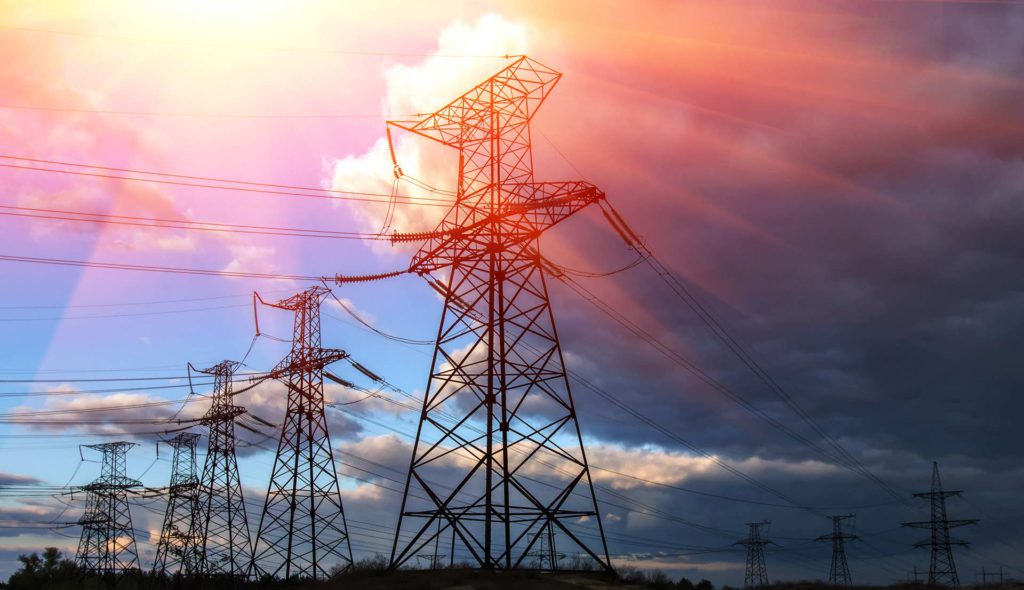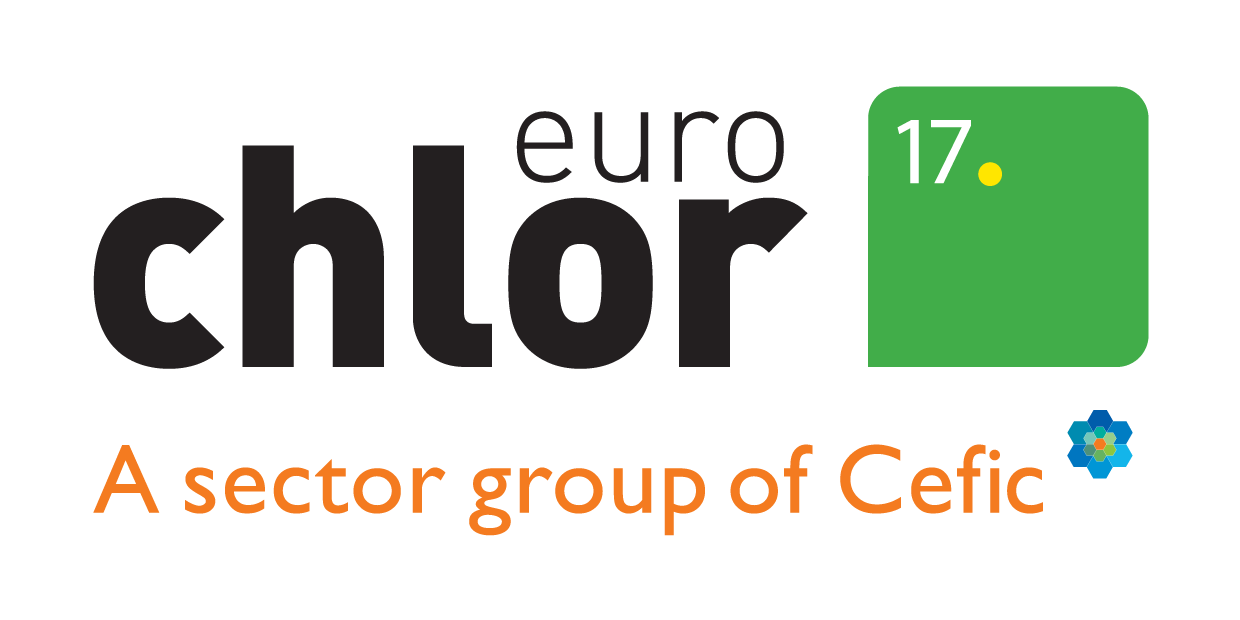Energy and chlor-alkali
 Looking for innovative energy solutions to deliver on EU ambitions
Looking for innovative energy solutions to deliver on EU ambitions
Chlorine, caustic soda and hydrogen manufacture is an energy-intensive process, so the chlor-alkali industry depends on reliable and affordable energy supplies. All three products are key building blocks in numerous value chains serving modern life.
An early example of circular economy
The industrial production process invented end of the 19th century to produce caustic soda as a process regulating substance in the soap and many other industries, also produced chlorine and hydrogen as by-products. At that time it was waste. During the first half of the 20th century, European scientists were discovering many useful applications of these by-products. Chlorine in particular proved to be a very useful, easily reacting energy efficient chemical building block.
Strongly driven by European R&D, the chlorine industry developed into an important international player serving many value chains. Nowadays, two-thirds of total European chlorine production goes into the PVC and poly-urethane value chains supplying many modern life products. A large industry built on a former ‘waste’ product!
Manufacturing needs competitive energy supply
Energy policies and supply developments in Europe over the last two decades have put our global competitiveness under severe pressure. I personally think the energy situation in Europe has come to a critical crossroads. The EU should take stock of what has been done and the results obtained, in order to move forward effectively. Energy policy is a major cost factor for both industry and citizens with a significant and direct impact on economies and prosperity. Energy policy deserves a thorough evaluation and review.
The high cost of energy is a big issue for Euro Chlor. As mentioned in my farewell interview, the shift to renewables is not sufficient to achieve the desired reduction of CO2 emissions. We will need other technologies and innovative approaches to do the job, and it would be wise not to exclude anything.
In my view, the only known proven technology able to provide large-scale low carbon energy reliably is nuclear. One interesting development is a powerful innovative technology that is rapidly developing worldwide -- molten salt reactor technology (MSR). China has 600 researchers working on this development, and Bill Gates’ Terrapower has announced it will have a prototype MSR ready by 2030.
MSRs provide an intrinsically (‘walk away’) safe energy technology, successfully demonstrated at pilot scale in the 1960s at Oak Ridge National Labs (US). MSRs can create a ‘closed fuel cycle’ with elimination of long- lived wastes. They are able to use several nuclear fuels, including thorium, which is ubiquitously available and also available as a waste product from various mining activities. The technology could therefore also be a major contributor to the circular economy as envisaged by EU policies. Moreover, molten salt reactors allow production flexibility and can act as a carbon free ‘enabler’ of variable renewable energy supply.
It is still not too late for the EU to catch up. Molten salt reactor technology is the present focus of the EU’s SAMOFAR project, but a larger scale programme is needed for timely deployment. Scientists from JRC have proposed the DIMOS/LUMOS plan to substantially speed up the deployment. This and other developments should be pursued.
Keeping all options open is needed if the EU is serious about innovation for a low carbon future energy supply.
By Dr. Dolf Van Wijk, ret. Cefic Executive Director Euro Chlor*
*The opinions expressed represent personal views

